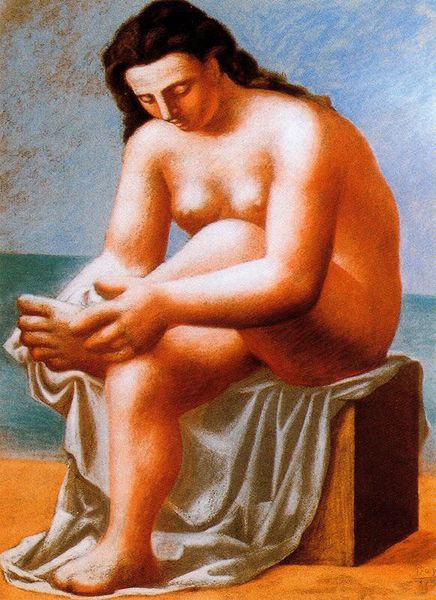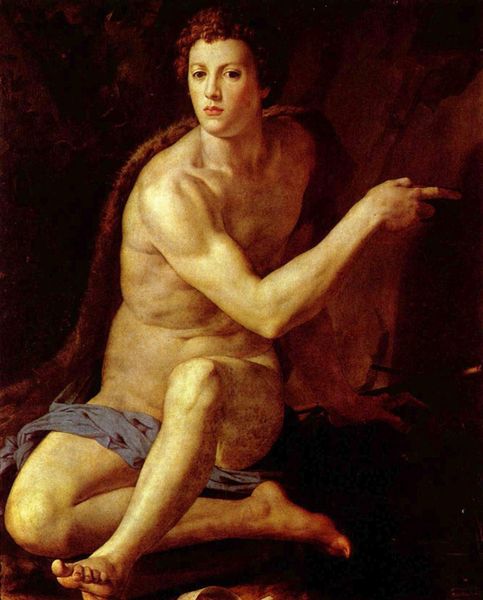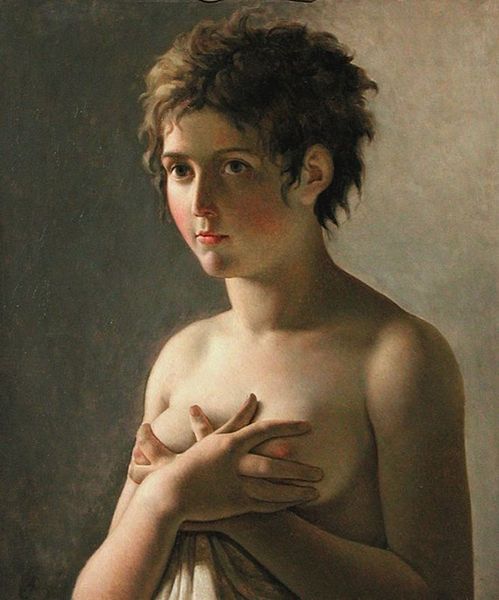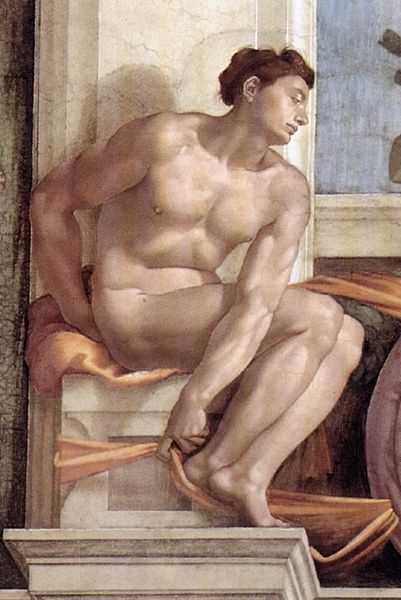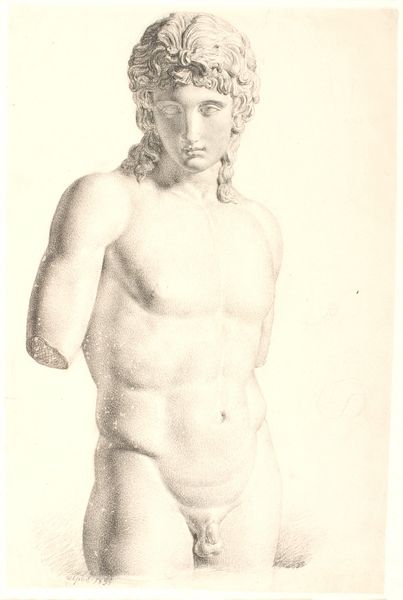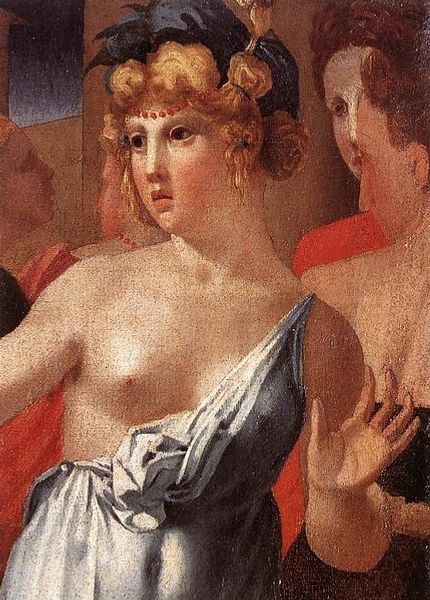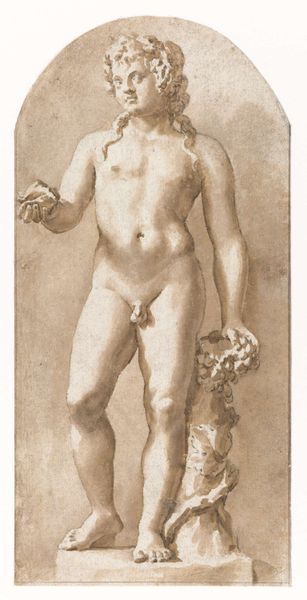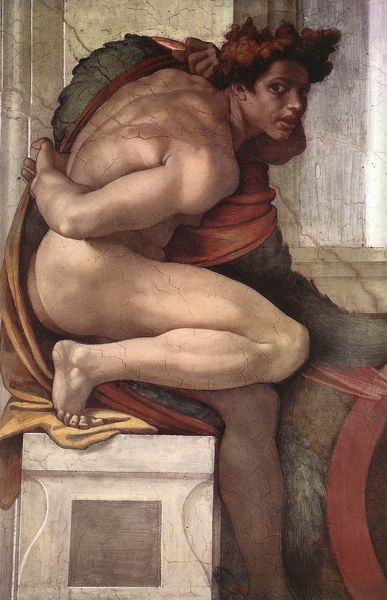
painting, oil-paint
#
portrait
#
cubism
#
portrait
#
painting
#
oil-paint
#
figuration
#
female-nude
#
intimism
#
academic-art
#
nude
#
modernism
Copyright: Public domain US
Curator: We’re now looking at "Standing nude," an oil on canvas completed by Pablo Picasso in 1920. Editor: It's… interesting. Not what I typically associate with Picasso. The colors feel muted and earthy. It seems almost like a classical portrait. Curator: That's a fascinating observation, and intentionally so. Following the First World War, there was a distinct shift away from the avant-garde and towards more classical and traditional styles. Many artists, including Picasso, felt a need to reconnect with art historical precedents in this turbulent period. Editor: So, the move away from the chaos of Cubism toward this almost academic approach – a retreat? It’s certainly present in the subject. I’m looking at the texture, the layering of oil paint to build volume and light on her skin. Curator: Precisely. It also touches on broader shifts within society. The devastation of war brought about significant changes in gender roles and expectations, which many female identifying people had stepped up in so many ways. The figure is positioned almost defensively. The whiteness of the draped cloth in conjunction with her skin becomes incredibly resonant given its proximity to World War I. Editor: That changes my perception. I’d been thinking only of the artistic materials, of the act of making, seeing the canvas and oil paint. But it seems so strange because, looking at the scale of it, there is something to be said for that feeling, which is undeniable to anyone regardless of experience with Cubism, in what materials or labor were utilized in rendering and completion to final format, as well. I cannot help but note that the way he’s depicted her also reflects, on its face, a desire to return to this classic nude tradition – and it clashes violently in tandem to other figures like that during the 20s by artists like Kirchner. Curator: Absolutely. And isn’t it this very clash and the tensions of production, that provide a more nuanced reading of the painting within its historical context. I think you're correct – a certain element that does seem violent. Editor: Well, it’s given me something to reconsider, at least! Thinking about the push and pull between his earlier style and what was happening socioeconomically. Curator: Likewise. I think your observations offer an additional layer, underscoring how we analyze how art shapes, but also, it’s shaped *by* culture.
Comments
No comments
Be the first to comment and join the conversation on the ultimate creative platform.

